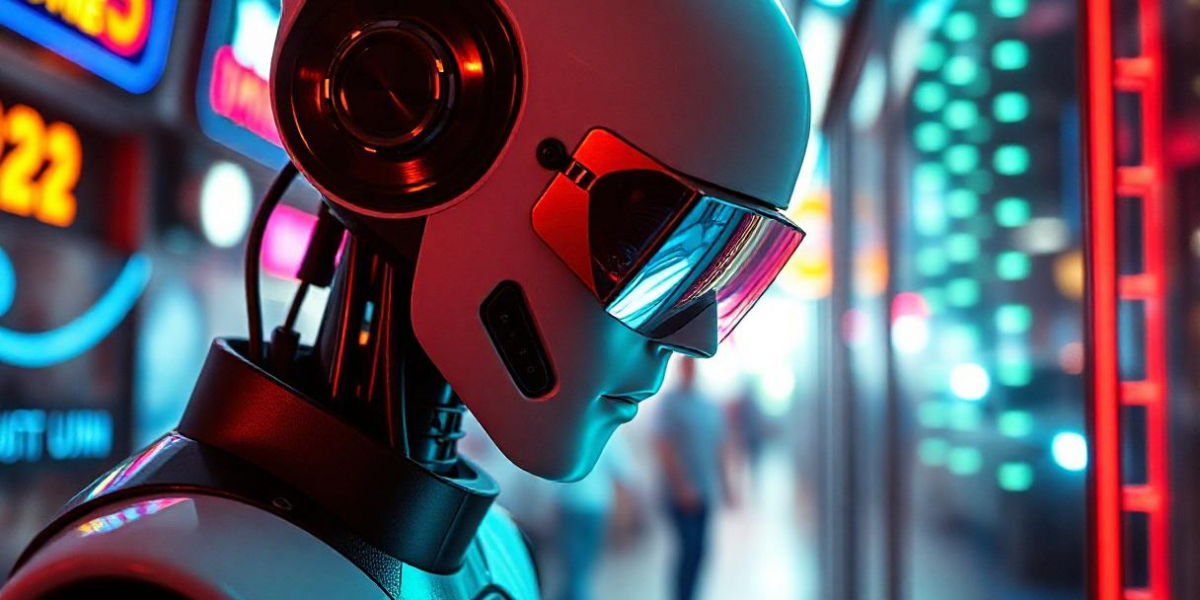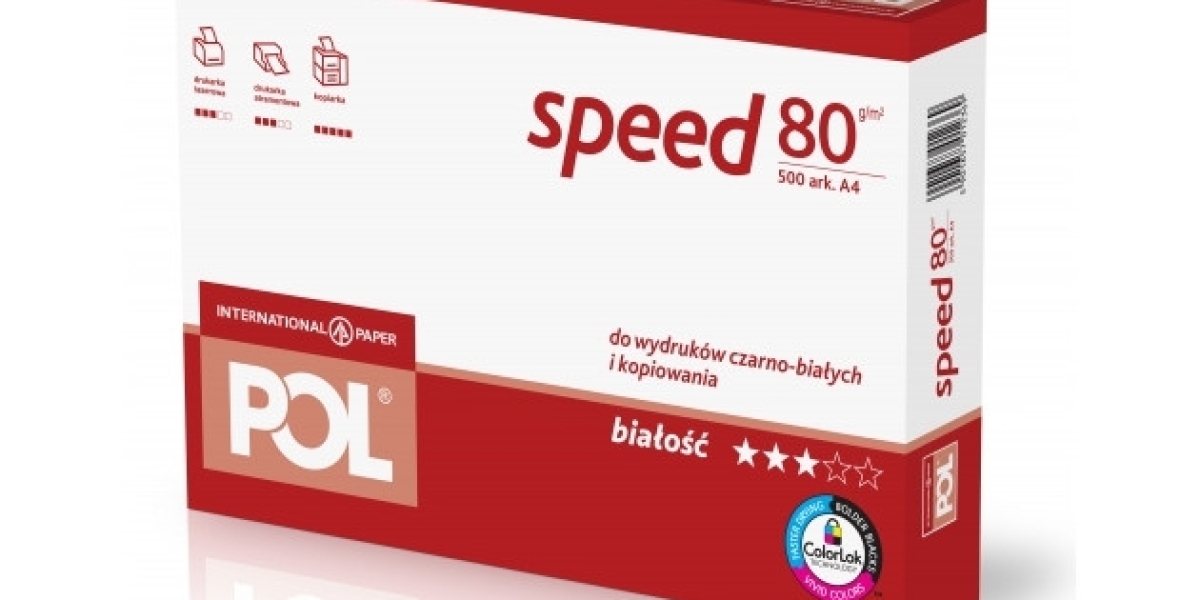Two major innovations are leading the way: Artificial Intelligence (AI) and the Internet of Things (IoT). Each of these technologies is strong on its own, but together, they create new opportunities that could transform our daily lives, work, and interactions with the world.
Knowing how AI and IoT work together is important for businesses and people who want to make the most of them. This article looks at how AI and IoT come together, showing how their combination is leading to new ideas, better efficiency, and fresh opportunities in different industries.
Understanding AI and IoT: A Brief Overview
Artificial Intelligence is about creating computer systems that can do tasks usually needing human intelligence. These tasks involve seeing, understanding speech, making decisions, and translating languages.
AI uses algorithms to help machines learn from data, spot patterns, and make smart choices. Its main features come from machine learning, deep learning, and natural language processing, which help AI get better at its tasks as time goes on.
What is the Internet of Things (IoT)?
The Internet of Things (IoT) is a system of physical items that have sensors, software, and other technologies. These items connect and share data with other devices and systems online. They include everyday things like smart thermostats and fitness trackers, as well as industrial machines and city infrastructure.
The importance of IoT comes from its capacity to gather large amounts of data from the surroundings, analyze it instantly, and offer useful insights that can improve processes, boost user experiences, and encourage innovation.
The Convergence of AI and IoT: A New Era of Innovation
How AI Enhances IoT Capabilities
Combining AI with IoT boosts data processing and decision-making significantly. IoT devices produce large volumes of data, but without AI, this data's value is not fully realized. AI improves IoT by providing advanced data analysis, recognizing patterns, and making predictions. For instance, AI can examine data from IoT sensors to foresee equipment failures, which helps lower downtime and maintenance expenses. Machine learning, a part of AI, allows IoT systems to learn from historical data, make forecasts, and automate actions, resulting in smarter and more efficient operations.
AI and IoT in Action: Real-World Applications
The convergence of AI and IoT is not just theoretical—it's already happening in various industries. In agriculture, AI-powered IoT devices monitor soil conditions, weather patterns, and crop health, enabling farmers to optimize irrigation and maximize yields. In the healthcare sector, AI-driven IoT devices allow for remote patient monitoring, providing doctors with real-time health data and enabling timely interventions. Case studies across industries, such as smart cities where AI and IoT manage traffic flow and reduce energy consumption, showcase the successful integration of these technologies and their transformative impact.
Key Benefits of Combining AI and IoT
Enhanced Data Analytics and Insights
Combining AI with IoT offers a major advantage: gaining better insights from data. AI can analyze large volumes of data from IoT devices, spotting trends, unusual patterns, and chances that humans might overlook. This helps in making smarter decisions and planning strategies, which can boost business growth.
Improved Efficiency and Automation
AI and IoT work together to create new levels of automation. IoT devices with AI can change their operations on their own using real-time data, which means less need for people to step in. For instance, in factories, AI-driven IoT systems can automatically modify production based on how machines are performing and changes in demand, resulting in better efficiency and less waste.
Enhanced User Experience
AI and IoT together improve user experience by offering more personalization. AI can look at data from IoT devices to learn what users like and how they act, which helps in providing customized services and products. For example, a smart home system can adapt to your daily habits, or a shopping app can suggest items based on your preferences. This teamwork between AI and IoT makes experiences special for each user.
Cost Reduction and Resource Optimization
AI and IoT help businesses cut operational costs by automating tasks, boosting efficiency, and allowing for predictive maintenance. For example, AI-powered IoT systems can forecast when a machine might break down, enabling timely repairs that reduce expensive downtime. Moreover, IoT devices can enhance the use of resources like energy and water, resulting in considerable savings.
Industry Applications: How AI and IoT are Shaping Different Sectors
AI and IoT in Healthcare
AI in healthcare with IoT is changing how patients are cared for. IoT devices, such as wearable sensors, track patients' vital signs instantly. AI then looks at this information to find possible health problems early on. This ability to predict issues allows for timely treatment, lowers the chances of patients returning to the hospital, and enhances overall health results.
AI and IoT in Manufacturing
AI and IoT are greatly changing the manufacturing industry. Smart factories utilize IoT sensors to keep track of machines and production methods. AI then examines this information to improve efficiency and avoid failures. With predictive maintenance driven by AI, machines get maintenance before they break down, which lowers downtime and repair costs.
AI and IoT in Smart Cities
Smart cities use AI and IoT to improve life in urban areas. AI-powered IoT systems help control traffic, save energy, and track environmental factors. Together, these technologies make cities more sustainable, efficient, and enjoyable, tackling issues like traffic jams, pollution, and resource use.
AI and IoT in Retail
In retail, AI and IoT are changing how people shop. IoT devices monitor inventory in real-time, and AI looks at sales data to forecast demand and manage stock. AI-driven recommendation systems use IoT information to provide tailored product suggestions, improving the shopping experience and boosting sales.
Challenges and Considerations in AI and IoT Integration
Data Security and Privacy Concerns
AI and IoT bring many advantages, but they also have challenges, especially regarding data security and privacy. IoT devices create a lot of sensitive data, and using AI means we need strong security to keep this data safe from breaches and unauthorized access.
Technical Challenges
Combining AI and IoT brings technical difficulties. It's important to have systems that can grow, work together, and have a dependable setup for AI-IoT systems to run smoothly. Addressing these issues needs thoughtful planning and investment in technology that can manage the complex and large amounts of data.
Ethical and Regulatory Considerations
As AI and IoT technologies grow more common, ethical and regulatory issues are becoming important. Using AI in decision-making, especially in fields like healthcare and law enforcement, brings up concerns about responsibility, fairness, and openness. It is essential to make sure that AI-IoT systems are used ethically and follow the rules.
The Future of AI and IoT: What to Expect
Emerging Trends in AI and IoT
The future of AI and IoT looks promising, with new trends showing more integration of these technologies. AIoT, or Artificial Intelligence of Things, is the next step, where AI is built into IoT devices, allowing for real-time processing and decision-making right at the network's edge.
Predictions for the Next Decade
In the next ten years, we will likely see major progress in AI and IoT. This includes more automation, better prediction tools, and wider use in different sectors. The market for AI-IoT solutions is expected to grow rapidly due to the need for smarter and more efficient systems.
Strategic Recommendations for Businesses
Companies aiming to use AI and IoT effectively need to plan and invest wisely. Partnering with an experienced AI development company can help businesses seamlessly integrate AI with their IoT systems, improving efficiency, boosting customer satisfaction, and maintaining a competitive edge. Adopting these technologies today will help businesses succeed in a future that is more connected and driven by data.
Conclusion
AI and IoT together are changing industries, improving efficiency, and creating new opportunities. As these technologies develop and merge, their influence will increase, changing how we live and work. By recognizing and using the power of AI and IoT, both businesses and individuals can find new chances for innovation and growth. Those who accept this strong combination will have a promising future.

![Ultra High Molecular Weight Polyethylene [UHMWPE] Market Key Growth Drivers and Challenges and Forecast to 2028](https://f002.backblazeb2.com/file/yoosocial/upload/photos/2023/11/XGADrT3y1ZYLmI97VN22_08_5d15a8eb4d9da4fa5fd3d0576f1060c8_image.png)







